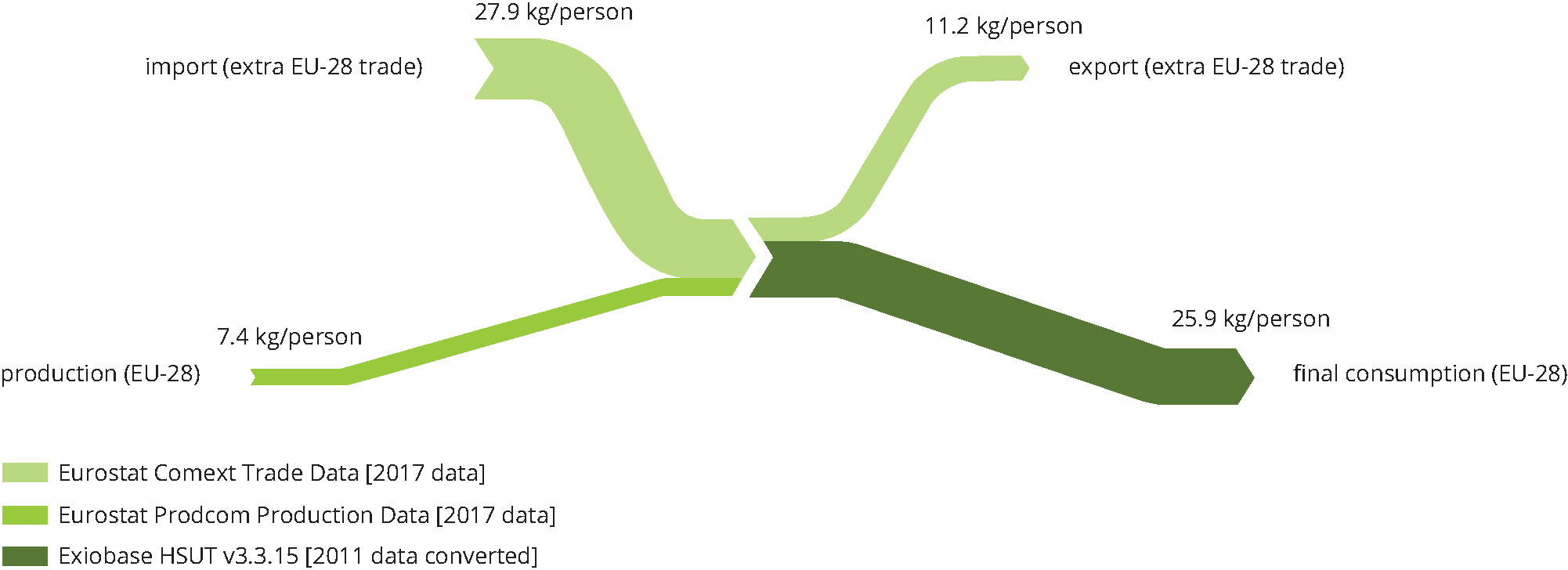What will EU do about the textile problem?
Photo: Christian Lue
Let us be honest, we absolutely believe in the power of the consumer, the more of us who change our behaviour and ask relevant questions the higher the demand for sustainable fashion, but we also know that consumers do not easily change their behaviour. Even if they are well informed, several studies are constantly indicating that changing behaviour is a hard thing to do. Neither, are sustainable options or alternatives available for everyone. Honestly, neither do we believe that most major fast fashion brands will really take the leap to change their business models to more sustainable ones the upcoming years, which people working in the textile industry and planet earth desperately needs.
We need regulations. And since the habitants of European Union (EU) are among the most resource intense population on Earth and many companies has its background in Europe, it makes sense for EU to push for change.
In Europe, the textile sector employs 1.7 million people and Europeans consume on average 26 kg of textiles per person per year (and we were chocked to hear about 13 kg per person and year in Sweden, but apparently there are worse cases!). There are about 170 000 companies in EU and they produced 7.4 kg textiles per person, which means EU is net importer. Since the 1990s the price of textiles has dropped about 30%, making it cheaper and cheaper for consumers to buy textiles. The way Europeans consume and handling their textile items generated in 2017 654 kg CO2e per person and year. And only 25% of these emissions takes place in EU (because production is the major source of emissions from a life cycle perspective when it comes to clothes).
So what have EU decided to do about this problem?
In 2019, the EU identified textiles as a ‘priority product category for the circular economy’ in Sustainable products in a circular economy — Towards an EU product policy framework contributing to the circular economy. Furthermore, the new European Commission President announced in My agenda for Europe that she ‘will propose a new circular economy action plan focusing on sustainable resource use, especially in resource intensive and high-impact sectors such as textiles and construction’.
EU policies says member states should:
collect textiles separately by 2025
ensure that waste collected separately is not incinerated or landfilled.
These promises might not seem so ambitious, but today not a lot of textiles is even sorted or collected and they do end up on landfills or being burned. As a part of EU circular economy package a lot of spotlight has been given on textiles, the flows within EU and the areas of improvements (go deeper in the Strategic Agenda on textile waste management and recycling).
But what will truly happen more than collecting the textiles and acknowledging the need for proper reuse, repair and recycling? Well, we have to wait for the EU Strategy on Sustainable Textile, which will be finalised in 2022. We’re hoping for ambitious, holistic goals, rules and regulations to reduce the import, circulate more and make sure as little as possible foes to waste.
Source: European Environment Agency


